Choosing a Safer Period Product: Shopping Tips

Outside vs. Inside Protection
All period products approved by the FDA are safe, whether they’re external (pads, pantyliners, period panties) or internal (tampons, discs, cups). But there can be small risks with all of them, so it’s good to know how to choose and wear the right protection for you.

Factors to Consider
As you shop, think about what’s important to you. You’ll want to consider things like your physical activity level, how much the product costs, whether it’s reusable or disposable, how easy it is to use, and how long you can wear it. The better your period protection fits your life, the more likely you are to use it correctly and safely.
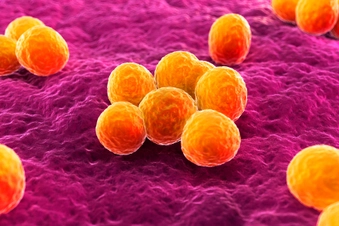
Tampons and TSS Risk
Wearing tampons comes with a very small risk of an infection called toxic shock syndrome (TSS). TSS is a life-threatening complication from the overgrowth of certain natural bacteria in your vagina. It’s very rare – only 1 in 100,000 tampon users get it. And you can lower your risk with smart tampon use.
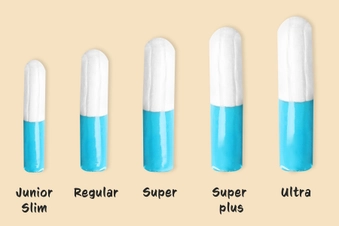
Tampons: Select Size Wisely
Tampons come in various sizes, such as light/junior, regular, and super. Different sizes absorb different amounts of fluid. It may be tempting to only wear high-absorbency tampons to reduce the number of times you fill up your tampon, but opting for the lowest size you can helps you reduce your risk of TSS. The more often you change, the less chance bacteria can build up.
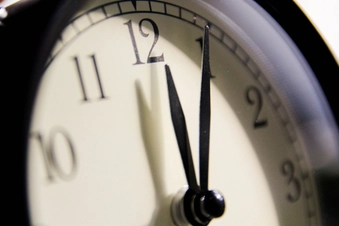
Pads: Change Often
Even though pads don’t come with a TSS risk like tampons, you should change them often, at least every 4-8 hours. Pay attention to your flow on different days – you may have to change it more often some days and less often other days.
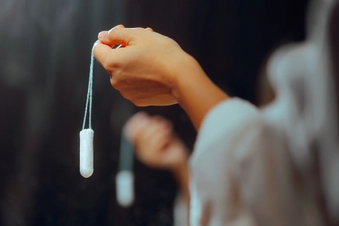
Tampons: Disposable Only
Although there are reusable tampons available, the FDA hasn’t approved them, and they carry higher risks of infection. Single-use tampons are FDA-approved and considered safer to use.
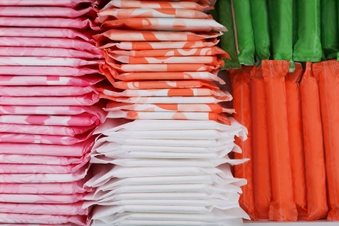
Buy Ahead
Another way to be sure you change your period products often enough is to keep them in stock so you’re not running low and forced to keep them in or on longer. Make a practice to buy supplies for your next period when one period ends.
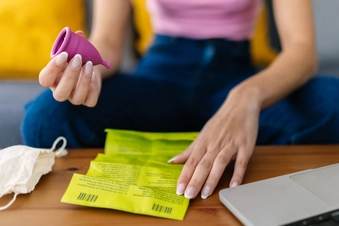
Cups and Discs: Keep Them Clean
Menstrual cups and discs catch your period blood inside your body. They’re made of plastic or rubber, and you can wear them for 8-12 hours. It’s important to make sure you clean reusable cups well between uses – wash with warm water and mild soap before reinserting. Or opt for disposable discs you throw away after wearing.
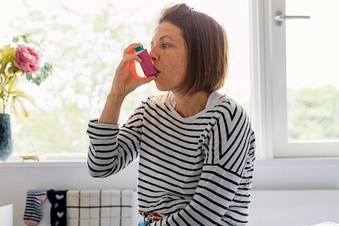
Choose Fragrance-Free
Period products without a scent are the safest choice. Some of the chemicals that create fragrance in period products have been linked to allergies, asthma, cancer, endocrine disruption, and poor pregnancy outcomes.
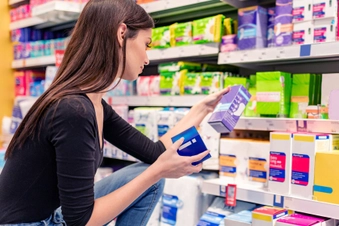
Be Picky With Your Cotton
Although there isn’t proof that unbleached cotton or cotton bleached with hydrogen peroxide is safer in pads and tampons, these alternatives are options if you’re concerned about the traditional method of bleaching tampons and pads, which uses chlorine.
Show Sources
IMAGES PROVIDED BY:
- E+/Getty Images
- Tetra Images/Getty Images
- Brand X Pictures/Getty Images
- iStock/Getty Images
- Moment/Getty Images
- iStock/Getty Images
- iStock/Getty Images
- Moment/Getty Images
- DigitalVision/Getty Images
- E+/Getty Images
SOURCES:
Center for Young Women’s Health: “Period Products: Information About Tampons and Pads.”
UT Health Austin: “Period Products: The Good, the Bad, and the Ugly.”
The American College of Gynecology and Obstetrics: “Your First Period,” “Your Changing Body: Puberty in Girls.”
FDA: “The Facts on Tampons – and How to Use Them Safely.”
Columbia Mailman School of Public Health: “Social Factors Drive Use of Scented Menstrual Products Tied to Health Risks.”